Another Timbre TimHarrisonbre
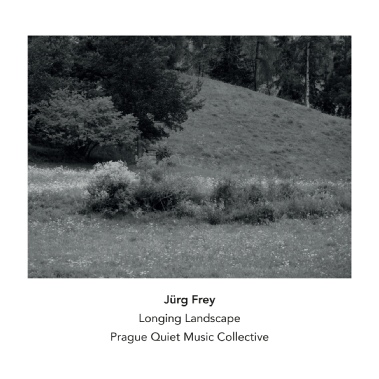
Interview with Ian Mikyska of the Prague Quiet Music Collective
at232 Jürg Frey ‘Longing Landscape’
Three compositions by Jürg Frey played by the Prague Quiet Music Collective, together with asamisimasa on one track
1. The sound never has walls (2023/2024) 19:42
Renata Raková, clarinet Ian Mikyska, electric guitar
Milan Kárník Jakeš, violin Luan Gonçalves, double bass
2. Fleetingness (2024) 12:33
asamisimasa: Morten Barrikmo, bass clarinet Tanja Orning, cello
Anders Førisdal, electric guitar Håkon Stene, percussion
Prague Quiet Music Collective: Renata Raková, clarinet Ian Mikyska, electric guitar
Milan Kárník Jakeš, violin Luan Gonçalves, double bass
3. Longing Landscape (2022/2023) 35:57 Youtube extract
Anna Paulová, bass clarinet Ian Mikyska, electric guitar
Milan Kárník Jakeš, violin Luan Gonçalves, double bass
First could you tell us about the Prague Quiet Music Collective. When was it set up, and what exactly were its aims?
We started the ensemble in 2021. At that point, I'd been increasingly involved with the world of reductionism / post-minimalism / post-Cage / post-Feldman / Wandelweiser etc. for some time, and I'd also been back in Prague for a few years. I'd been working with Milan Jakeš (violin) and Luan Gonçalves (double bass) for years. They're both musicians who feel at home in jazz, free improvisation, contemporary and experimental music... Most importantly, though, they were also the ones who responded with the most excitement when I gave them some of my favourite albums to listen to: Jürg Frey's Grizzana, Circles and Landscapes, and Collection Gustave Roud (all on Another Timbre), Eva-Maria Houben's music, and the like – I remember Luan was in the hospital for an operation and I sent him Michael Pisaro's album asleep, street, pipes, tones, and the reply I got back a day later made it clear that listening to it at night in a virtually empty hospital was quite an experience. (That version is by Kristine Tjøgersen and Håkon Stene and it's one of my all-time favourite albums, so it's kind of surreal for me that Håkon is playing with us on this new Another Timbre release!) The fourth member to join the ensemble was Anna Paulová, a true clarinet star (think Mozart concerto soloist) but also an extremely open and curious artist who's genuinely just as happy riding with us in a packed car to play four notes in the space of an hour in an empty factory near Opava as she is being the star soloist in Europe's gilded halls.
However, the fifth and absolutely most crucial member of the ensemble is Nikola Štefková, our manager / executive director / fundraiser / PR manager – the heart and soul of the ensemble. I met Nikola when she was a producer at Czech Radio, and after she left, I approached her about producing a sixth-tone harmonium project that was only a vague plan at the time. She ended up securing such amazing funding that I decided to push my luck and suggest that we also use this money to start an ensemble. I remember how nervous I was before that meeting, because it involved turning an 18-month project into a permanent venture. It turned out that this was (and remains) Nikola's favourite music, with her favourite composer being Eva-Maria Houben, so I really needn't have worried.
Since then, the goal has remained the same: to present this music, which rarely gets enough airtime, to commission new pieces by composers working in this style, as well as occasional commissions to composers who don't, as a kind of open invitation to try working in this direction. We've also tried to present our music in curated programmes with an emphasis on the concert situation, frequently incorporating lighting, stage design, collaborations with other artists, and so on. Every year we present three programmes that we produce ourselves (one of them being the Prague Quiet Music Festival, the others have included exhibitions, spoken word and music concerts, outdoor concerts, staged concerts) as well as performing at other events (mostly in the Czech Republic and Slovakia, though we're also doing some shows in Poland and Scandinavia in 2025).
How did PQMC come to commission pieces from Jürg, and how have you found working with him?
I think the fact that our group has such a clear and outspoken focus on this kind of repertoire, rather than it being one of the kinds of music we play, is one of the reasons we've been so well received in the community. On the very first batch of commissions we did in 2021, we had Eva-Maria Houben, James Weeks, Linda Catlin Smith and Fredrik Rasten. Since then, we've been able to commission composers including Klaus Lang, Jack Langdon, Sylvia Lim, Matej Sloboda, Ferdinand Schwarz and many others.
We knew we wanted to work with Jürg, of course. We got in touch more or less as soon as it made sense, but Jürg was already busy with commissions at the time, so our first collaboration – Longing Landscape – had to wait until 2023. I guess Jürg was happy with how things went when he came to Prague for our festival in 2023, because he then went on to write us another two pieces, one of them for a larger ensemble of eight people. These are the three pieces on this album.
Rehearsing with Jürg is something really special. In rehearsal, composers can frustrate musicians by either having an idea that's too clear or not clear enough. Jürg has a way of doing neither: of not really talking that much about how we're playing the piece, but rather of what the piece is about; what he imagined the piece could do and be... All this happens in quite abstract terms, and yet at the end, you feel like you've understood something and your being inside the piece starts to make more sense. That being said, when Jürg was specific about how he wanted us to do something, it was often not what you'd expect – I remember a lot of phrases like "faster and louder", "swinging, like jazz", "more in tempo, with a clear pulse", and so on.
That last part also points to something else: the fact that Jürg is neither writing the music he used to write nor writing the music that anyone expects of him. Jürg also performed a solo set at that year's festival, which featured a lot of really radical pieces from the 1990s. Then there's the more "Romantic" side (heard on the albums I mentioned in my previous response) and the circular music pieces, but the compositions he's been writing in the last few years (including Longing Landscape and the other ones on this album) work very differently on a formal level, particularly concerning memory, time, and phrases.
That’s very interesting. Could you say more about how you see this new phase in Jürg’s work, and a little about each of the pieces on the album?
I was worried you’d ask me that – now I’ve written myself into a corner!
One thing to consider is the selection of pitches, which seem to live in a strange borderland between consonance and dissonance – as soon as you feel you’ve settled in to a familiar tonal landscape, there are new notes shifting you elsewhere. And it really feels like there’s motion, too, not just an extended modal palette – it’s like tonal music that doesn’t quite go anywhere.
I’m mostly talking about the middle section of Longing Landscape. It starts around 8 minutes into the piece and is by far the longest, running all the way to the 25-minute mark. It’s based on a slow 13-bar loop. First, the guitar plays its 13 bars of material. Then, the violin joins (with different material), then the bass clarinet and double bass (likewise). Then the double bass switches to a different 13-bar phrase, then the bass clarinet, then the violin, and finally the guitar. The loop is too long and too complex to really be perceived consciously (unless you’ve been primed by reading this paragraph before you listen, I suppose), but it certainly has a perceptual effect; a slow, gradual realisation. It’s similar to what happens with musical memory in some of the long Feldman pieces like Piano and String Quartet, but even more stretched out and with a lot more tonal variety, so you feel this palpable gap between your sensuous perception of the music, which mostly goes by very slowly, and the intellectual or conscious appreciation of it that begins emerging gradually. In Feldman, these two elements seem a lot more unified; here, there’s a pleasant tension.
Parts A and C of Longing Landscape, which begin and conclude the piece, work on the principle of the “list”: each instrument is presented with a set of vertically ordered materials that they can play at any time, but they must be played in order, in tempo, and without repetitions. As a player, you are simply asked to listen to the situation and place the sounds in time (you also have a choice of tempo and, therefore, duration). There is also a very slow melody running along this “list” material, a kind of cantus firmus, which is played by all 4 instruments in turn in section A and by a guitar with e-bow in section C. The interpretation of the list in these sections is also a lot to do with pacing; being aware of where everyone else is in their lists and melodies.
All of the above is also true of The sound never has walls – Longing Landscape was the first of these pieces, and The sound never has walls feels like a distillation of this “list” idea in a sense, as well as adding new possibilities of interaction, allowing the musicians to operate in between the list and any additions to the melody (played by the guitar) as they see fit.
Fleetingness was written specifically with the combined forces of PQMC and asamisimasa in mind, and it’s a kind of large-scale version of the “list” idea – while the lists in the previous two pieces generally consists of one or two notes, here, it is the page that serves as the basic unit of music. The score is composed of seven pages, each of which can be played by any instrument and repeated (except page IV). What results is a larger and freer playing field, though still emphasising one’s responsibility to the others and containing something of the lopsided tonality that I talked about in Longing Landscape.
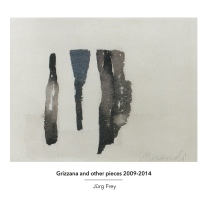
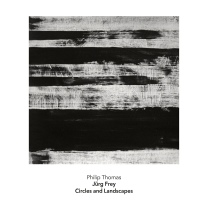
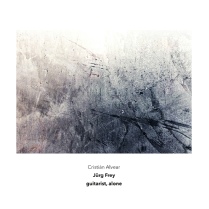
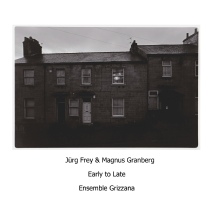
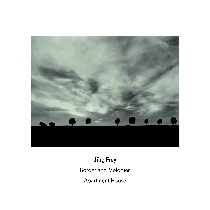
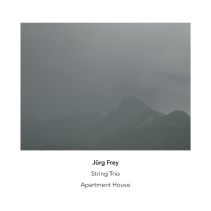
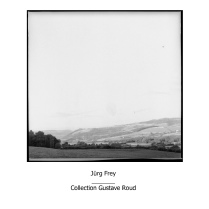
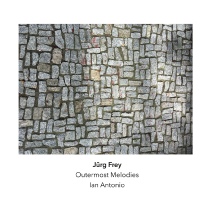
Previous releases by Jürg Frey
Click on covers for more information
at86x2 ‘Grizzana’
Ensemble Grizzana
at91 ‘Circles and Landscapes’
Philip Thomas, piano
at94x2 ‘guitarist, alone’
Cristian Alvear, guitar
at115x2 ‘Collection Gustave Roud’
at121 ‘Early to Late’
Ensemble Grizzana
at200 ‘Borderline Melodies’
Apartment House
at217 ‘String Trio’
Apartment House
at226x2 ‘Outermost Melodies’
Ian Antonio
Prague Quiet Music Collective
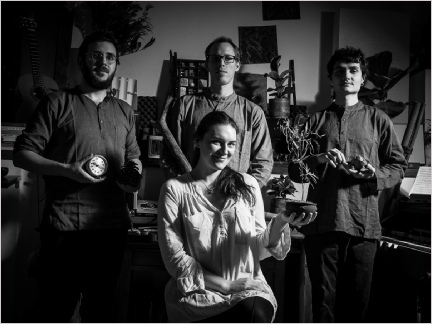
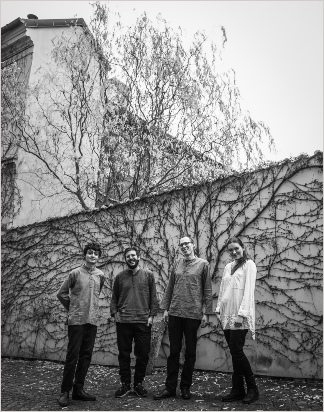
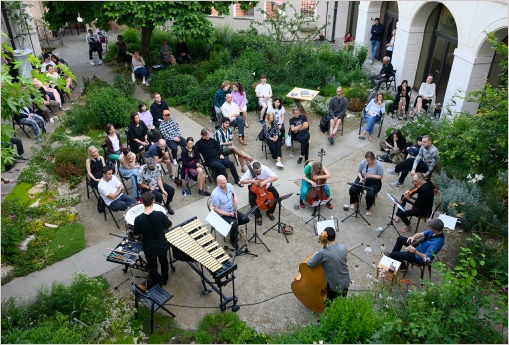

Jürg Frey
Prague Quiet Music Collective
Prague Quiet Music Collective with asamisimasa